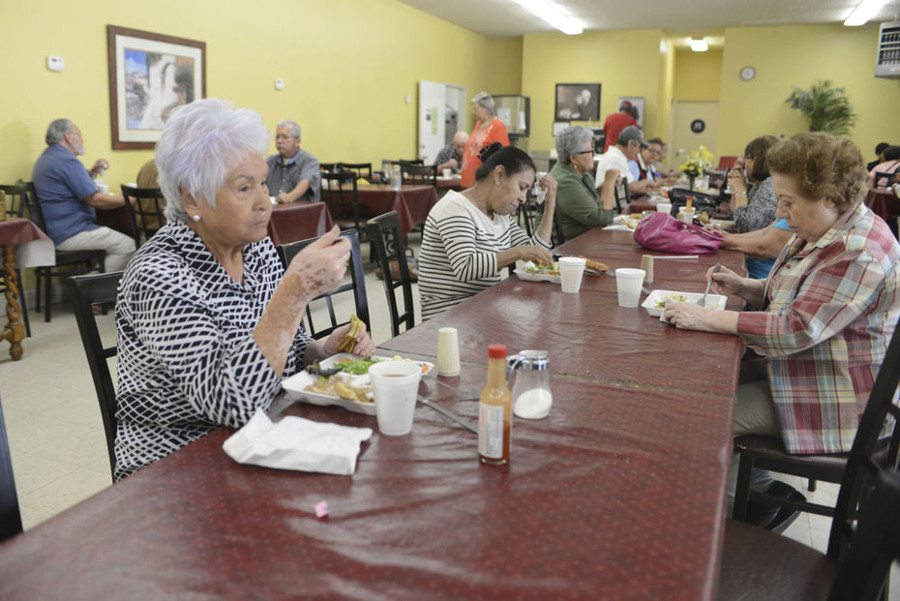New York City’s growing retirement community is facing poverty on an unprecedented level and the answer to the worrisome statistics is the creation of a public savings plan that private workers can opt into, according to a shocking report from Public Advocate Letitia James.
“Currently, millions of hard working New Yorkers – particularly women and people of color – are facing a life of poverty and destitution when they retire,” said James. “Middle class New Yorkers are saving less and less for retirement, while the cost of living is quickly rising. With the number of senior citizens set to increase to 1.5 million by 2035, it is imperative for the City to study the feasibility of creating a public savings plan to ensure that all New Yorkers live their golden years in dignity.”
According to the report, 40 percent of New Yorkers have less than $10,000 saved for their retirement and more than two-thirds of Black and Latino households have no retirement savings at all. Among working New Yorkers between the ages of 25 and 44 across all demographic s, only eight percent have access to a pension.

A growing number of New Yorkers across all demographics have no savings plan at all, contributing to a rise in seniors that currently live near or below the poverty line. In 2009, Social Security income provided $18,720 a year to male retirees and about $13,948 to female retirees – dangerously close to the city’s poverty level. Nearly five years later, the cost of living has risen even further and will continue to rise.
The report found the senior population is being affected by two trends: an increasing population, including more senior immigrants, and an increasing number of seniors with no savings available to them. Currently, 21 percent of seniors are living below the city’s poverty level.
James argues that the city implementing a retirement savings plan will not only help New Yorkers to save for the future, but will also save the City from having to fund basic services to the senior population, such as healthcare and food support.
A study conducted by the Schwartz Center for Economic Policy at the New School found that to eliminate extreme poverty among New York City’s current senior population, it would cost $858 million in additional spending on social assistance programs.
The bill in the City Council, of which James is the lead sponsor, would create a retirement security review board to look over the study group’s recommendations and ensure that they were in the best interest of New Yorkers. The review board would present its finding to the public, organizing at least one public forum in each of the five boroughs.






